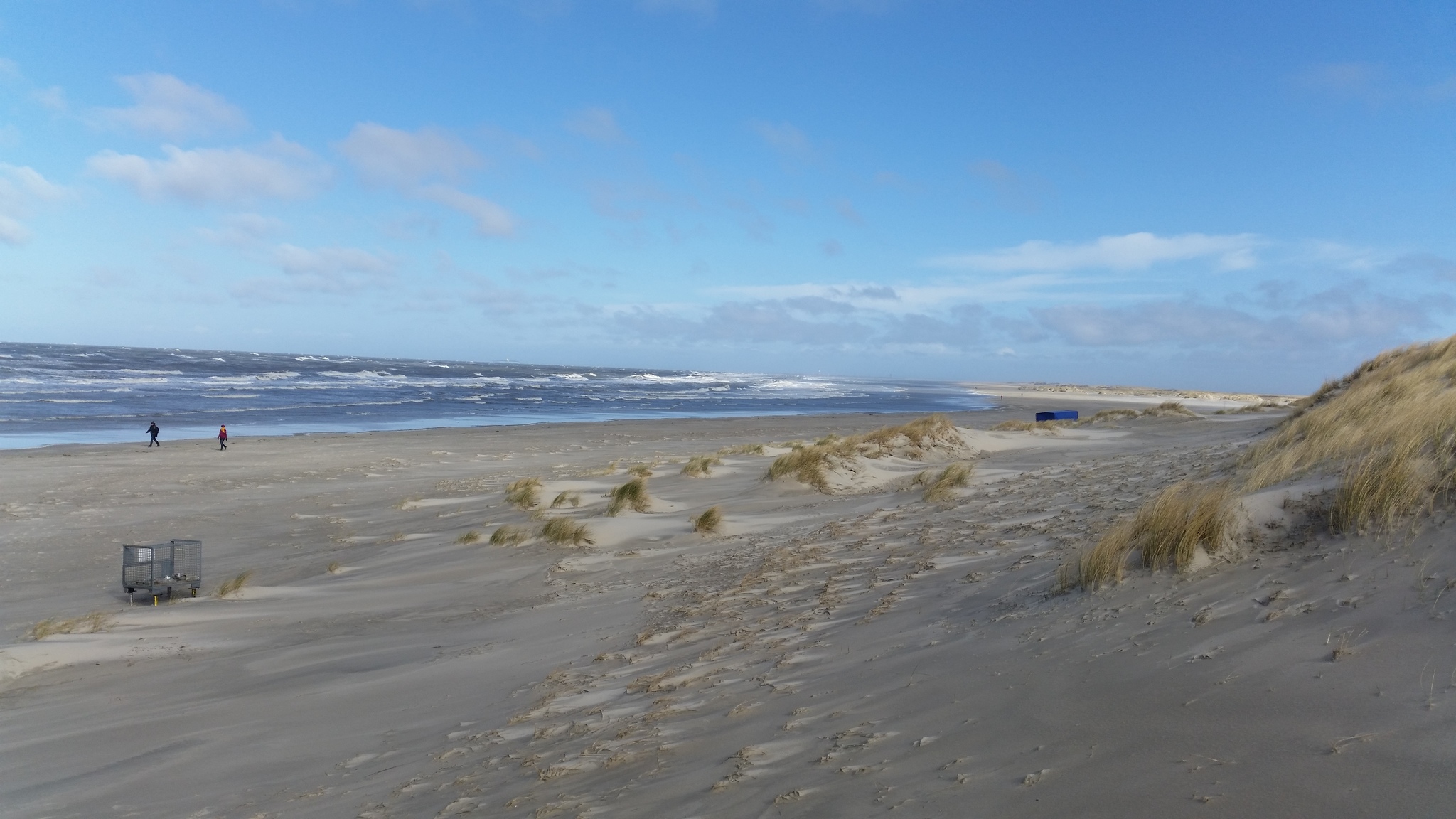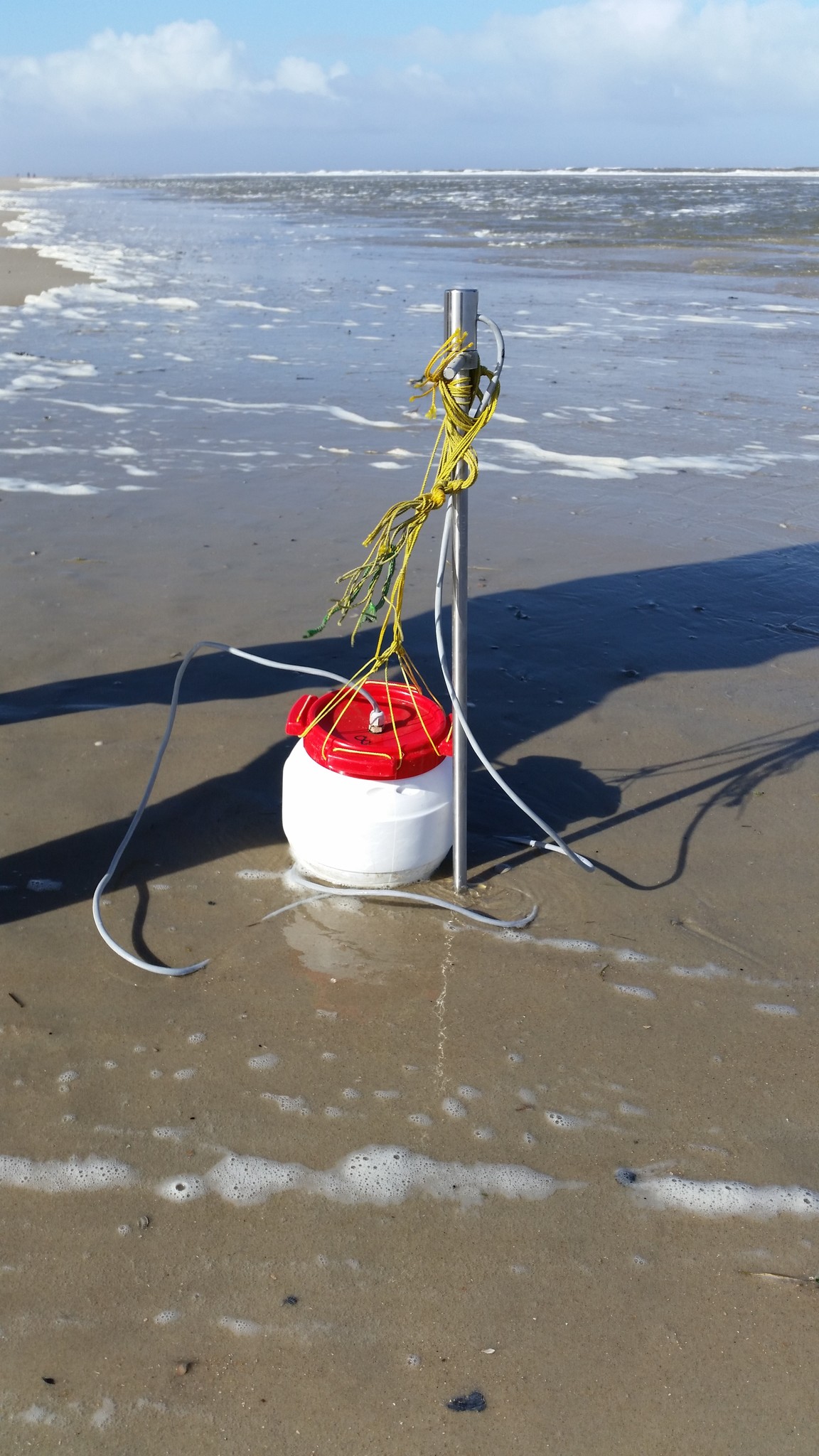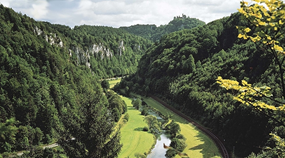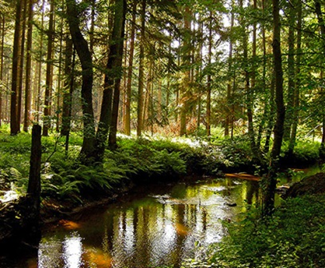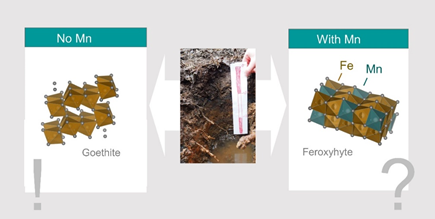Theses offered
Bachelor's Theses offered | |
|
Understanding patters and fluxes of submarine groundwater discharge on Sylt – North Sea Discharge of groundwater into the coastal zone is important on local to global scales for delivering fresh water and nutrients to the sea. The chemistry of this submarine groundwater discharge can be critical to the health of coastal ecosystems and a primary driver for costal eutrophication when nutrient loads exceed sustainable levels. But how do we quantify the water and nutrient flux to the coast? How heterogeneous is this flux in space and time? As part of a small DFG network we plan to use temperature as a tracer to quantify groundwater fluxes to the North Sea on the Island of Sylt. Islands can be used as field laboratories as they are relatively well confined, with limited anthropogenic impact. They are also sensitive to climate change and over-extraction of their water resources, which is especially important given the limited fresh water available on islands. This thesis will aim to map patters of groundwater discharge in the coastal zone as well as quantify fluxes of submarine groundwater discharge as part of a better understanding of how terrestrial systems are coupled to coastal and marine environments. | |
|
Oxygen consumption net ecosystem exchange my stream sediments in the Wiesent catchment Oxygen is the most important element in stream systems. It is used for respiration or organisms ranging from microbes to mammals, and is also responsible for a large part of organic carbon turnover in stream sediments. This project will look at the effects of fine sediment caused by agriculture on oxygen consumption in stream sediments in the Wiesent and determine how this relates to net ecosystem exchange in this river. If you are interested contact Ben Gilfedder in the Limnological Station
Contact: Ben Gilfedder | |
|
Changes in DOC bioavailability in the Bayerischer Wald: Can we see differences between lowland peat and mountain forest bioavailability There is currently globally an increase in dissolved organic carbon in forested catchments. But where is this carbon coming from? Is it all the same, e.g. does it have the same bioavailability for (micro)organisms? The main aim of this project is to understand and source and ‘quality’ of this DOC a small catchment in the Bavarian Forest. We will use BSB experiments and measure total organic carbon to see if there is a difference in bioavailability between upland mixed forest DOC and lowland peat dominated DOC.
Contact: Ben Gilfedder | |
|
Mapping and quantifying groundwater and nutrient fluxes and sources in the Wiesent Catchment: using natural tracers in a karst system The Wisent catchment, located in the Fränkische Schweiz, is part of a new project aimed at understanding the effects of groundwater on river nutrient sources in a changing climate. In this project we aim to map and quantify groundwater fluxes to the Wiesent and determine if this groundwater is an important contributor to nitrate in the river. There is currently very little understanding about how and where karst systems connect to river systems because of their complex geology, and so this project would be an important contribution to understanding the role of subsurface springs for delivering water and nutrients to rivers. Contact: Ben Gilfedder | |
|
Kartierung der Grundwasserabflüsse zum Steißlinger See und des Einflusses auf die Seechemie Contact: Stefan Peiffer, Ben Gilfedder | |
Master's Theses offered | |
|
Auswirkungen des Klimawandels auf Wasserressourcen in Bayern In Zusammenarbeit mit dem Bayerischen Landesamt für Umwelt bieten wir mehrere Themen an, die sich mit den Auswirkungen des Klimawandels auf Quantität und Qualität von Oberflächen- und Grundwasser und die Bewirtschaftung von Wasserressourcen befassen. Diese Arbeiten sind an der Schnittstelle zwischen Wissenschaft und Management von Gewässern angesiedelt und verwenden vor allem die umfangreichen Datensätze der Wasserverwaltung. Sie bieten darüberhinaus die Möglichkeit, Kontakte zum LfU, Wasserwirtschaftsämtern und Wasserversorgern zu knüpfen. Wenn Sie mehr erfahren möchten, melden Sie sich bitte bei Prof. Stefan Peiffer oder Dr. Luisa Hopp! Veröffentlicht: 08-Feb-2022 Contact: Luisa Hopp, Stefan Peiffer | |
|
Transport of micro/nano plastic particles in saturated porous media: insights from organic substances in groundwater Compared with macroplastics, micro/nano plastic particles in the environment have several unique properties, such as a higher surface to volume ratio leading to increased surface reactivities and stable colloid characteristics. Thus, their unique properties probably make their transport behavior in porous media different from other colloids, such as graphene and TiO2. Organic substances, like low-molecular-weight organic acids (LMWOAs) and humic acid, is quite common in groundwater and soil solution. LMWOAs can be adsorbed by colloids resulting in changes in surface properties of colloids. Thus, it is reasonable to draw the conclusion that these organic substances will affect the transport of micro/nano plastic particles in porous media. But we do not know the results and extent. Column experiment is a good way to investigate and understand the effects of organic acids on the transport of micro/nano plastics. We can do it together in the future. In our lab, we have High Performance Liquid Chromatography (HPLC), UV-Vis Spectroscopy, Fluorescence Spectrophotometer and Column experiment equipment, which will do you a great favor in sample measurement. Besides, we also cooperate with other departments to do Zeta potential measurement, Scanning Electron Microscopy (SEM) and Transmission Electron Microscopy (TEM). It is an excellent opportunity to develop yourself. This project is funded by SFB project---CRC 1357 Micro plastic If you are interested in this research, or you have some questions, don't hesitate to tell me. Email: taotao.lu@uni-bayreuth.de Contact: Taotao Lu | |
|
Impact of Mn on Fe mineralization pathways in wetland soils and sediments
MOTIVATION: Iron (Fe) is the fourth most abundant element on the earth’s surface. Due to its redox-sensitivity and its sorption capacity for nutrients and contaminants, it plays a particularly important role in the environmental biogeochemistry of wetland soils and sediments.
In soils with a fluctuating water table, the microbial reduction of Fe(III) generates Fe(II). The produced Fe(II) may interact with the remaining solid phase, thus catalyzing the transformation of metastable Fe oxides (e.g. ferrihydrite) to stable minerals such as goethite. Interestingly, previous research has shown that the co-occurrence of manganese (Mn) in such soils appears to trigger the formation of feroxyhyte, a relatively rare Fe oxide that has been largely overlooked in the past. The factors and mechanisms driving the switch to feroxyhyte formation in the presence of Mn remain, however, elusive. AIM: Using a controlled laboratory experiments and innovative analytical techniques, this project will investigate the impact of Mn on the formation of secondary Fe phases and resolve the specific structural mechanisms that control feroxyhyte formation at high Mn loadings. WE OFFER individual supervision by enthusiastic researchers and of state-of-the-art approaches for the characterization of aqueous and solid phases (XRD, Mössbauer analysis, SEM, TEM, FTIR). You will become familiar with all practical aspects of science and learn how to design, run, analyse and present experiments that target at your research question. YOU ARE a highly motivated student with a strong interest in experimental work in the geosciences and with passion for research. Previous experience with analytical and laboratory techniques is an asset, but no prerequisite. If you are interested or if you need any further information, feel free to contact Dr. Kerstin Hockmann at kerstin.hockmann@uni-bayreuth.de or visit www.kerstinhockmann.com. Published: 25/1/2021
Contact: Kerstin Hockmann | |


